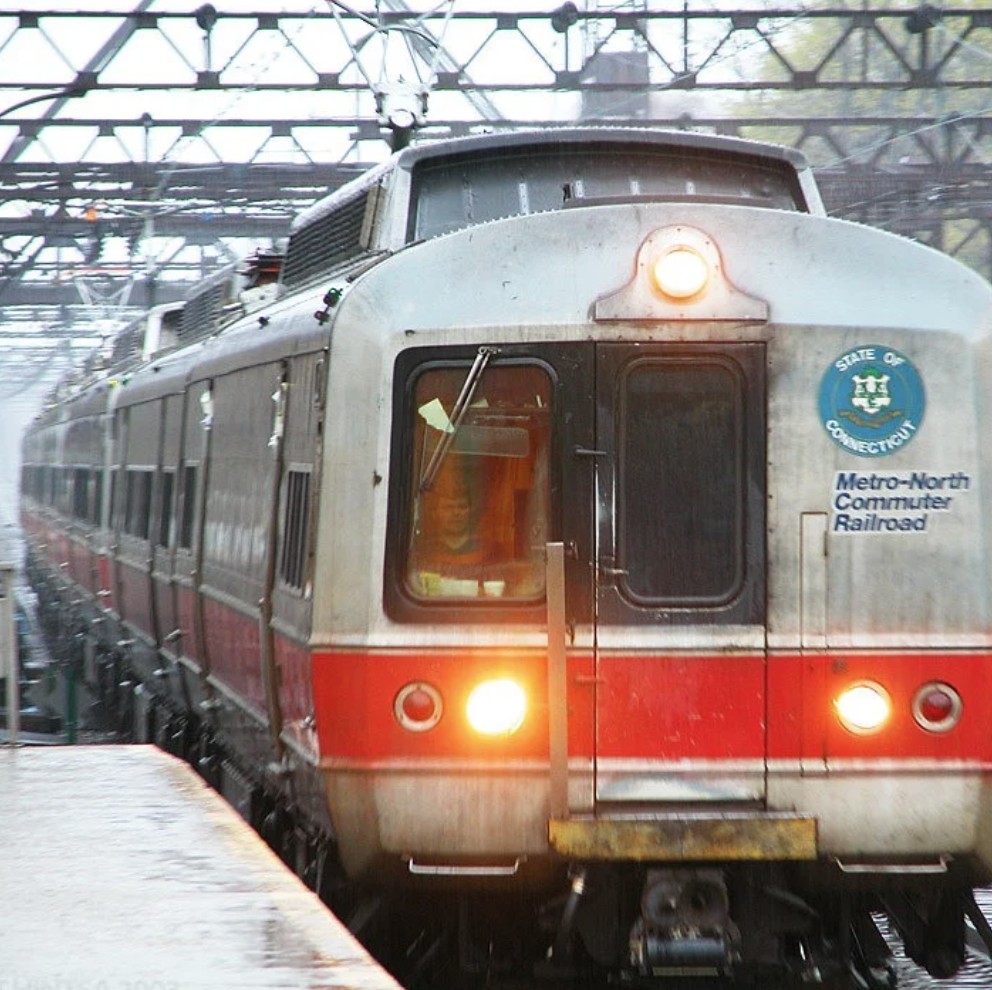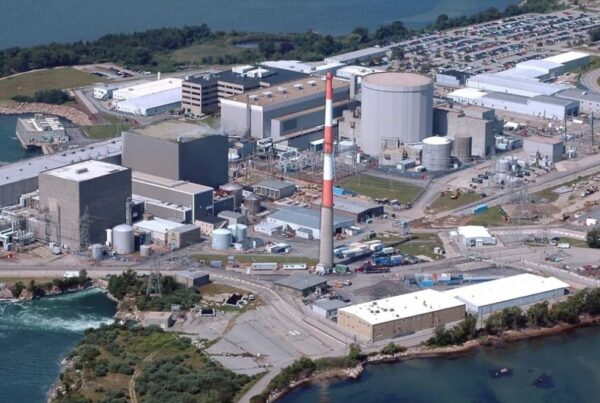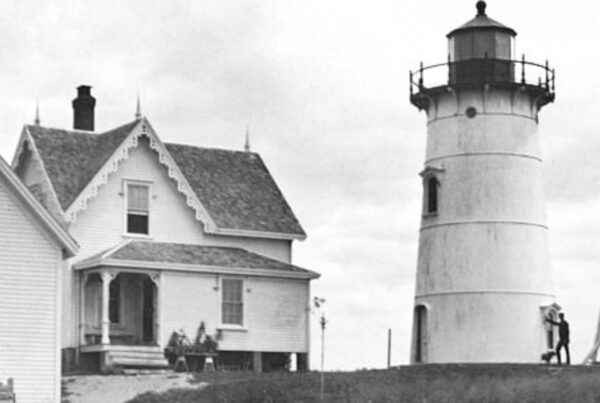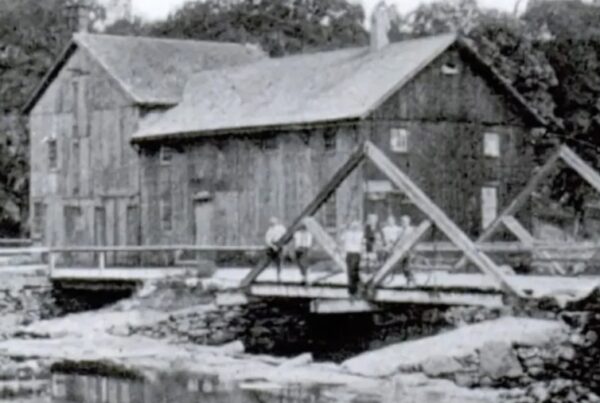Metro-North’s New Haven Line is more than just a rail corridor; it’s the backbone of Connecticut’s economy and a lifeline for thousands of daily commuters traveling to New York City. For over 175 years, this rail line has shaped the development of Connecticut’s shoreline towns, transforming them from quiet villages into thriving commuter hubs. Without it, places like Greenwich, Stamford, and Westport wouldn’t be the economic powerhouses they are today. But the history of the New Haven Line is far from a smooth ride—it’s a story of expansion, technological breakthroughs, financial ruin, and ultimate revival.
Before the railroad, traveling between Connecticut and New York was slow and unreliable. Stagecoaches rattled over dirt roads, and steamships were at the mercy of the weather. That changed in 1848 when the New York & New Haven Railroad opened, cutting travel time dramatically and linking Connecticut’s growing industrial towns with Manhattan. In 1872, the railroad merged with the Hartford & New Haven Railroad, forming the New York, New Haven & Hartford Railroad—commonly known as the New Haven Railroad. This consolidation turned the company into a transportation powerhouse, controlling not just passenger rail but also freight, streetcars, and even steamship lines.
By the early 20th century, Grand Central Depot had become dangerously overcrowded, with thick clouds of smoke from steam engines choking its tunnels. In 1902, a deadly crash in the Park Avenue Tunnel killed 15 people, triggering public outrage and a ban on steam locomotives in Manhattan. The New Haven Railroad responded with a bold move: electrifying its lines. By 1907, trains were running on electric power between Grand Central and Stamford, and by 1914, the electrification reached New Haven. This transformation not only made train travel safer and cleaner but also made it faster and more efficient, further fueling the suburban boom along Connecticut’s coastline.
As electrification expanded, so did the appeal of Connecticut’s shoreline towns. With fast and reliable rail service, professionals working in New York could now live in picturesque Connecticut communities, enjoying a suburban lifestyle while still being closely connected to the city. Towns like Greenwich, Darien, and New Canaan became some of the most desirable places to live, a trend that continues today. By the 1920s and 1930s, the New Haven Line was at its peak, operating sleek Pullman cars, express services, and even luxurious dining cars.
The golden era of rail travel wouldn’t last forever. By the 1950s, highways, automobiles, and airlines were cutting into the railroad’s business. The New Haven Railroad, once dominant, found itself hemorrhaging money. The company declared bankruptcy in 1961 and was eventually absorbed into Penn Central in 1969. What followed was a period of complete neglect. Trains broke down regularly, infrastructure crumbled, and service became so unreliable that ridership plummeted. The collapse of Penn Central in 1970 only made things worse. Without government intervention, commuter rail service might have disappeared altogether.
Salvation finally came in 1983 when the newly formed Metro-North Railroad took over operations. The MTA, with state and federal backing, poured money into revitalizing the New Haven Line. Aging tracks were replaced, the failing Cos Cob power plant was shut down, and a new fleet of electric railcars was introduced. Grand Central Terminal, once on the verge of demolition, was fully restored, transforming it into one of the most iconic transit hubs in the world. Over the years, further investments in safety, infrastructure, and modernization turned the New Haven Line from a failing relic into one of the busiest and most reliable commuter rail lines in the country.
Today, the New Haven Line carries over 125,000 passengers daily and continues to evolve. Projects like Penn Station Access, which will allow direct service to Penn Station, and ongoing catenary and bridge upgrades ensure that the line will remain a vital link for decades to come.
Cress is a leading real estate agent serving buyers of high-end properties in Fairfield County, CT. What sets us apart from other agents is our unwavering commitment to offering the lowest fees in the industry for the level of service we provide. We believe you shouldn’t have to sacrifice quality for affordability.
Our flat fee buyer’s agent services and commission rebate models make luxury real estate more accessible, delivering top-tier service and unmatched value. By streamlining operations and leveraging technology, we pass those savings directly to you, ensuring an exceptional real estate experience. For more information, visit www.callcress.com.
Doug Cress
(212) 203-5251
doug@cress.co
License #RES.0832278
Fairfield County, CT
Enterprise Realty Inc.
License #REB.0751297
80 Huntington St.
Shelton, CT 06484




